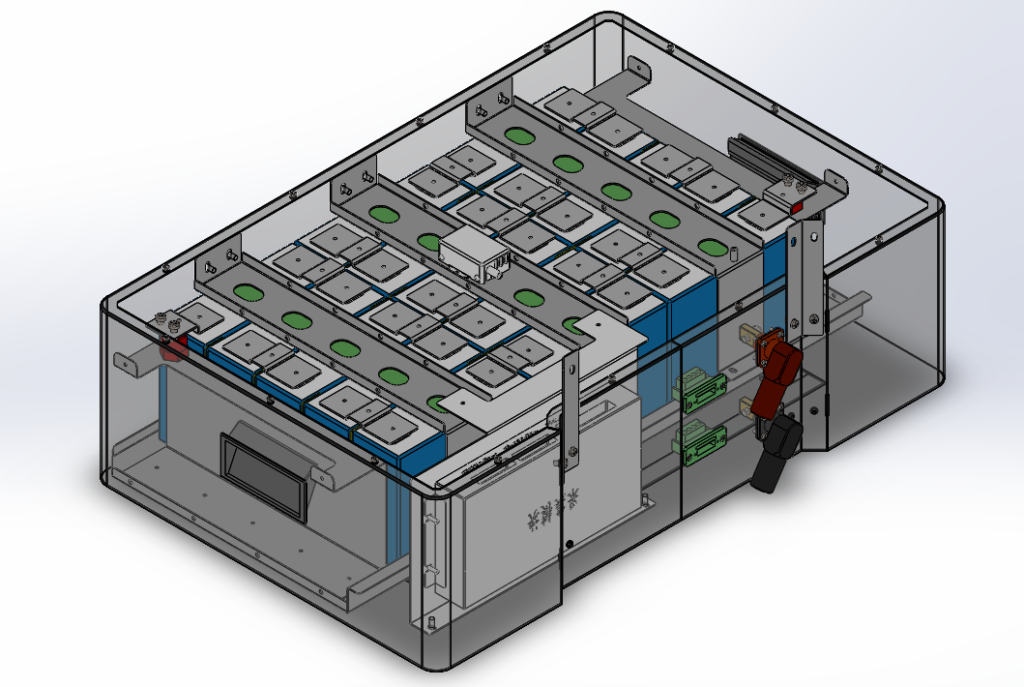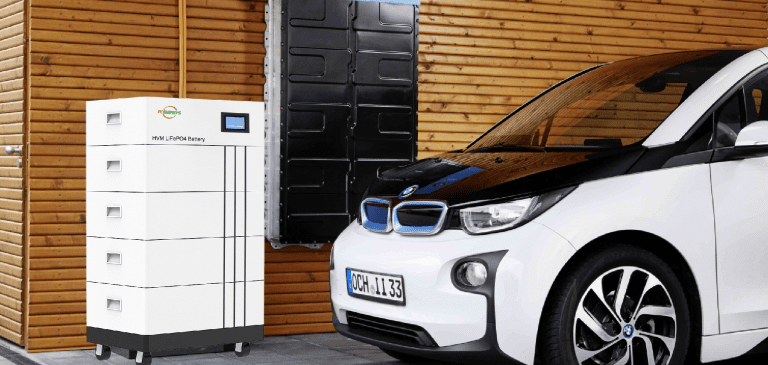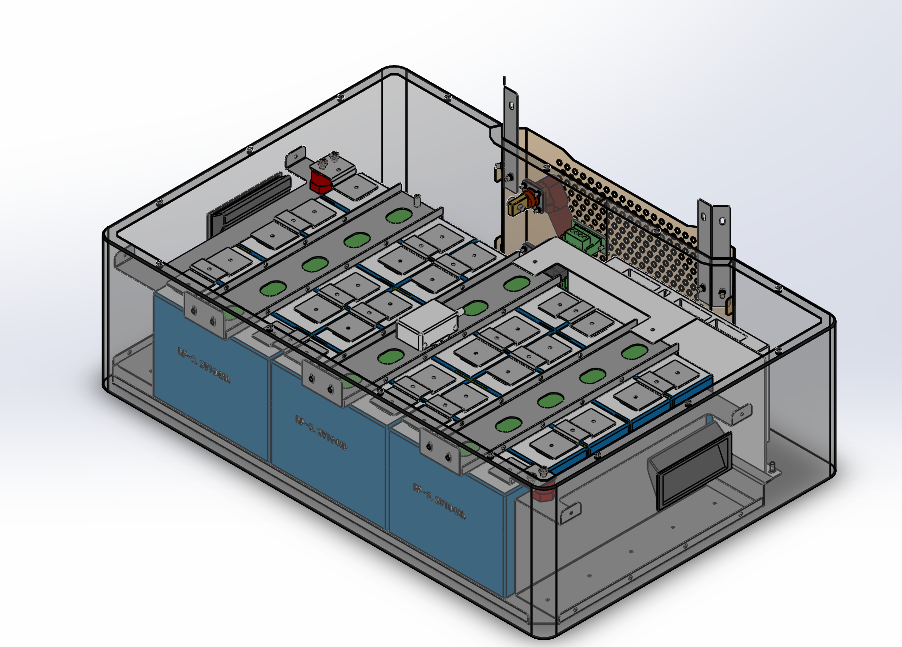High voltage LFP battery can be found in charging electric vehicles, homes, and industrial environments. The reason they are so popular among the public is inseparable from the design and configuration of the battery itself. This guide will tell you about the inherent design and configuration of high voltage LFP batteries. Provide our consumers and users with a deep understanding of these battery systems.
High Voltage LFP Battery Design Fundamentals
The core of high voltage LFP battery technology uses lithium iron phosphate as the cathode material, ensuring enhanced thermal stability and minimizing the risk of thermal runaway. The high-voltage aspect refers to the nominal voltage of these cells that allows for higher energy density and more compact battery packs. Regarding design principles, lithium iron phosphate batteries prioritize safety through features such as built-in thermal management systems and rugged battery packaging. The unique structure of the cathode helps minimize energy loss during charge and discharge cycles, thereby extending service life.
The inherent advantages of LFP batteries include low maintenance requirements, high-power emergency backup, and off-grid functions. They are compatible with various energy storage inverters such as Growatt, Megarevo, and ATESS. Their excellent performance in a wide temperature range makes them the first choice for applications ranging from electric vehicles to renewable energy storage systems.

Battery Configuration for High Voltage LFP Battery
A high voltage LFP battery system‘s cell configuration is critical to its overall performance and efficiency. Understanding how individual cells are arranged and optimized within a system is essential to unlocking the full potential of this advanced energy storage solution. In high-voltage LFP battery systems, their configuration usually involves arranging lithium iron phosphate cells in series to achieve the required voltage level. Each lithium iron phosphate battery with lithium iron phosphate as the cathode material contributes to the overall voltage output of the system. A set of high-quality, high voltage lithium iron phosphate (LFP) batteries consists of 2 to 8 LifePo4 battery modules connected in series. These can achieve a usable capacity of 10 to 40kWh, thereby improving energy density and the system’s applicability in various industries.
Optimizing battery configuration involves many factors. Ensuring all battery voltages are even in the first place is crucial. Battery management systems (BMS) are vital in balancing voltage during charge and discharge cycles, preventing individual cells from overcharging or undercharging. The second is to integrate an efficient cooling system to maintain the optimal operating temperature of the battery. This prevents overheating during high-voltage operation, ensuring the safety and longevity of the system. The rugged packaging protects the battery from external factors, ensuring durability and safety. The enclosure also helps maintain a controlled environment, further enhancing overall system reliability.

The Importance of High Voltage LFP Battery Voltage Management
The primary function of the high-voltage LFP battery voltage management system is to maintain the stability and uniformity of individual battery voltages. This is critical to preventing overcharging or undercharging of the battery during charge and discharge cycles, ensuring that each battery operates within its optimal voltage range. A VMS is often integrated with a complex battery management system (BMS) to monitor and regulate these voltage levels in real-time. It protects the battery from potential damage caused by extreme voltage conditions, enhances the system’s overall safety, and extends the battery’s life. VMS helps achieve more consistent and reliable energy output by preventing voltage imbalance. In addition, by ensuring uniform voltage levels, the voltage management system promotes even energy distribution, thereby improving the battery’s overall performance and responsiveness to different energy demands.
Security features
In energy storage, high-voltage LFP batteries have attracted attention due to their efficiency, especially in high-voltage environments, and there are concerns about their safety. A fundamental safety aspect is the inherent stability of high-pressure LFP chemistry. LFP, as the cathode material, helps create a strong and thermally stable battery. This feature minimizes the risk of thermal runaway, even at high pressures, ensuring a safe and predictable operating environment. Secondly, BMS can perform intelligent protection to continuously monitor and adjust various parameters, including temperature, voltage, and current.
Practical field application
In the automotive sector, these high voltage LFP batteries are driving the development of electric vehicles by providing reliable energy. Their high-voltage capabilities improve electric cars’ overall performance and efficiency, allowing for longer driving ranges and faster charging times. Furthermore, it plays a vital role in the integration of renewable energy. They are used in stationary energy storage systems to store excess energy generated from sources such as solar and wind. This helps provide a more stable and reliable power supply. Their adaptability extends to various commercial and industrial applications as a reliable backup power solution.

Ultimately
High-voltage LFP battery technology is becoming more evident in changing how we use electricity. As a battery supplier, we want to allow more users to install such batteries in their homes. Their versatility and safety also will enable you to enjoy a better life as a user.










